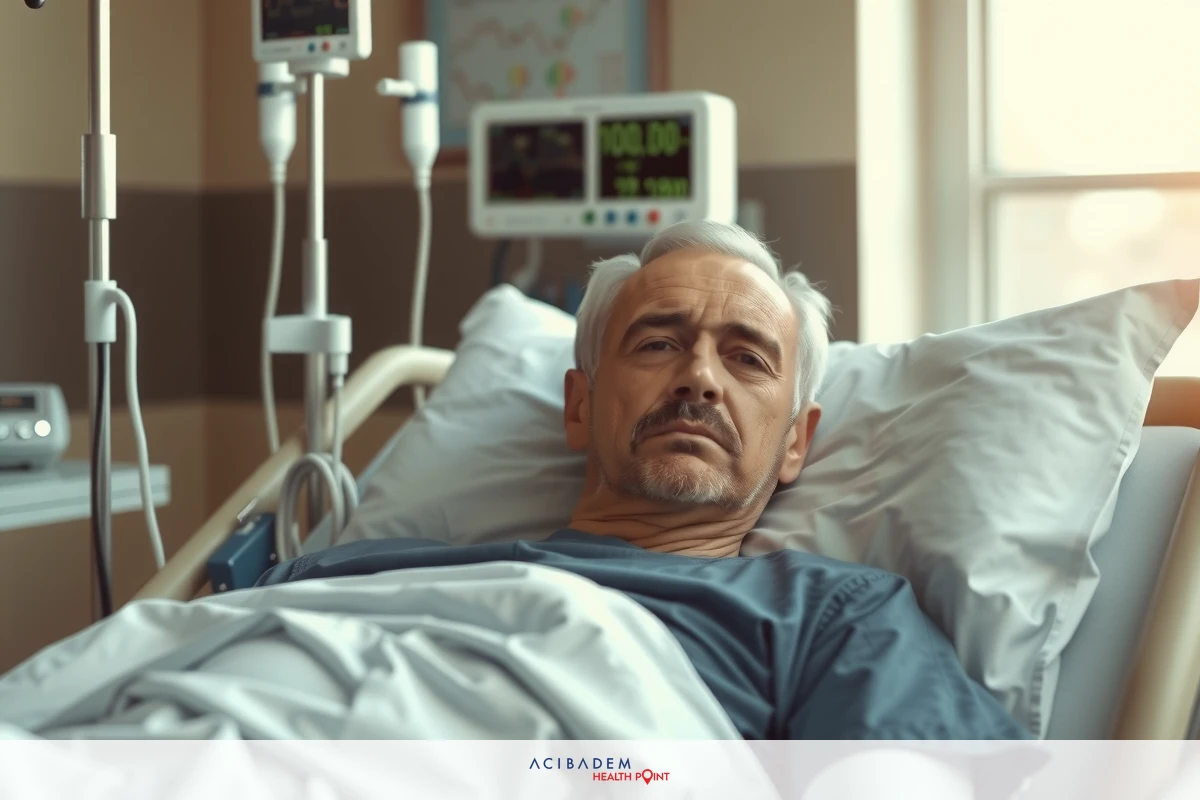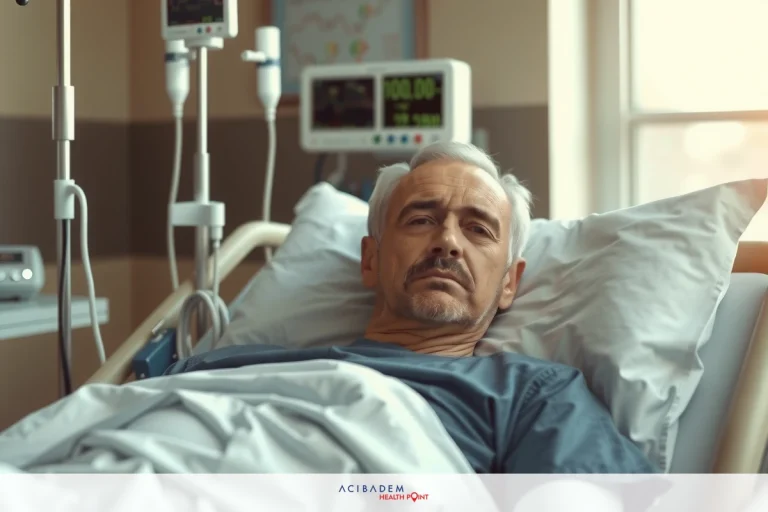What is a prostatectomy?
What is a prostatectomy? A prostatectomy can change how you feel and live. It is an operation where doctors take out part or all of the prostate gland. This gland plays a key role in male health so understanding what happens during this surgery matters.
People often have questions about why they might need this kind of surgery. Is it for cancer? Could it be for other problems? The reasons are varied but the goal is to help improve your health and quality of life.
Recovery from a prostatectomy takes time and care. There will be steps to follow after leaving the hospital. Knowing what to expect can make you feel more at ease as you heal. Let’s look into why people get this done, what happens during surgery, and what recovery looks like.
What does a prostatectomy involve?
A prostatectomy is a medical procedure that focuses on the removal of the prostate gland. This surgery can help with various health issues. The first step involves getting ready for surgery. Your doctor will explain what you need to do before the operation. You may have tests done to check your overall health.
On the day of the surgery you’ll go to the hospital early in the morning. The medical team will prep you for anesthesia which makes sure you don’t feel pain during the procedure. Once you’re fully under anesthesia the surgeon begins their work.
The actual process of removing all or part of your prostate depends on why you’re having this done. It could be open surgery where they make one large cut or laparoscopic which uses small cuts and cameras; each has its pros and cons.
After they finish taking out part or all of your prostate gland they’ll close up any incisions made during surgery carefully so everything heals properly later.
Types of prostatectomy
There are different types of prostatectomy surgeries available. Each type serves a specific purpose and has its own process. Knowing the options can help you and your doctor choose the best treatment for your prostate health.
One common type is radical prostatectomy. This surgery removes the entire prostate gland and some surrounding tissue. It is often used when treating prostate cancer. There are two main ways to do this: open surgery or laparoscopic surgery.
Open surgery involves making one large cut in your lower abdomen to remove the gland directly. Laparoscopic surgery uses smaller cuts with special tools, including a tiny camera, to guide the procedure from inside.
Another option includes transurethral resection of the prostate (TURP). TURP isn’t as invasive as other types; it only removes part of the gland through an instrument inserted into your urethra. This method helps relieve symptoms caused by an enlarged prostate without removing it entirely.
Robotic-assisted laparoscopic radical prostatectomy combines advanced technology with minimally invasive techniques for precise removal while minimizing recovery time compared traditional methods.
Benefits of a prostatectomy

Undergoing a prostatectomy can bring many benefits. One key advantage is improved health. This surgery can effectively treat prostate cancer which is vital for long-term well-being. Removing the affected gland stops the spread of cancer to other parts of your body.
Another benefit includes relief from symptoms caused by an enlarged prostate. These symptoms may include difficulty urinating, frequent trips to the bathroom, and pain during urination. By addressing these issues through surgery you can enjoy better quality of life and comfort.
Additionally a successful prostatectomy often leads to peace of mind. Knowing that you’ve taken steps to address serious health concerns can reduce stress and anxiety about your future health. Feeling more in control helps improve mental wellness too.
Advancements in medical procedures have made this surgery safer and less invasive over time with quicker recovery periods compared traditional methods ensuring optimal outcomes patient satisfaction.
Risks and complications
Like any surgery a prostatectomy comes with risks. It’s important to be aware of these before deciding on the procedure. Some common risks include infection at the surgical site which can happen in any type of medical procedure.
Another potential complication is bleeding during or after the surgery. While doctors take steps to minimize this risk it’s something you should know about beforehand. Blood clots are also a concern and may form in your legs or lungs.
Urinary issues might arise post-surgery as well. Some people experience problems with bladder control right after surgery; others might face long-term challenges with urinary function. These issues can affect daily life but often improve over time.
Lastly, there could be sexual health changes following a prostatectomy. Erectile dysfunction is one possible outcome due to nerve damage during the operation itself leading varying degrees recovery based individual cases overall patient experiences outcomes.
Recovery after surgery
After a prostatectomy recovery is key. The first few days will be spent in the hospital. Nurses and doctors will monitor your health closely. They ensure everything goes smoothly post-surgery.
You may have a catheter to help you urinate. This device helps while your body heals. It usually stays in place for about a week or two. Follow your doctor’s instructions carefully during this time.
Pain management is also important in recovery. Your doctor might prescribe pain medicine to make you comfortable. Take these as directed but inform them if pain persists or worsens.
At home take it easy and avoid heavy lifting or strenuous activities for several weeks post-surgery ensuring proper healing without complications.What is a prostatectomy?
Drink plenty of water, eat healthy foods, and rest well aiding faster recovery overall improved prostate health long-term success ahead feeling better soon once more.
Frequently Asked Questions
How long does prostatectomy surgery take?
The surgery usually takes 2 to 4 hours depending on the type.
Will I need to stay in the hospital after surgery?
Yes most patients stay for about 1 to 3 days.
Can I drive myself home after being discharged?
No you will need someone to drive you home due to anesthesia effects.









